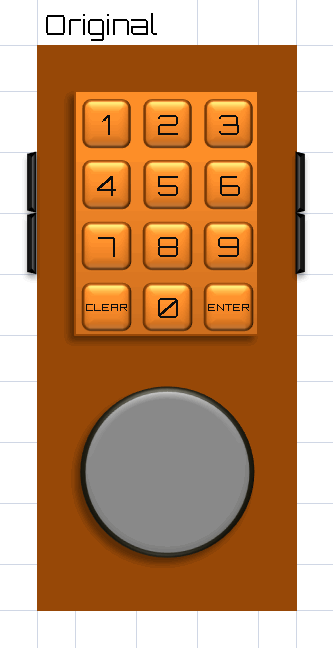I can get
- a broken Intellivision for $10+($12 shipping) with no games.
- a questionable Intellivision II for
$30+($10 shipping)with- Intellivoice Voice Synthesizer ModuleYAY!
- 2 Controllers (1 missing number pad)dup.
- Mattel AC Adaptermeh.
- Coleco TV/Game Switchmeh.
- Game-TV Cablemeh.
- EarphoneEEW!
- Advanced Dungeons & Dragons Cloudy Mountain (with Manual)YAY!
- Star Strike (with Manual)dup.
- Sub Hunt (with Manual)dup.
- Space Battle
- Frog Bog
- Astrosmashdup.
- Lock 'N Chasedup.
- Skiingdup.
- Snafudup.
- Tron: Solar Sailor (for use with Intellivoice module)YAY!
- B-17 Bomber (for use with Intellivoice module)YAY!
- protable DVD player $15+($6 shipping)
- any DS, Nokia, PSP screen $15 (incl shipping)
- Zilinx 9500 CPLDs (have six but not the time to program a INTVOAC)
- assorted AA, C, and D cell cradles with batteries (allready have, my calculators are hilarious)
I still have my old manuals, boxes (carts destroied) and will therefore dup my missing the carts with impunity.
I believe that I can fix the broken one (since I had to constantly repair my first one when I still had it if the IC's are still okay) but the second one would be easier to modify, and comes with more swag. Also, I can build a pass-thru adaptor that will 'unlock' the Intellivision II for third party carts.
If I were to opt for a smaller screen without a controller I would need to know what the resolution of the Intellivision really is to build my own. While the video generator is programmed with a resolution of 160x96 per sweep, it distinquishes both blanking periods of the interlace and therefore can produce a resolution of 160x192. Complicating this is that the IntelliVision supports (electronic) overlay injection of (undefined?) resolution by sidecar/carts and the IntelliVision II was designed to have the an Atari 2600 clone (hijack it's RF modulator).
PAL 486x625/50 Hz (interlaced)
NTSC 650x525/29.97 Hz 4.2MHz fmax
PAL 720x625/25.00 Hz 5.5MHz fmax
INTV 160x 96/?? Hz (progressive)
INTV 160x192/?? Hz (intererlaced?)
I have a rough idea of how I am going to make this; it will be hillariously awful, the hand cramps and torn nails of old will be nothing; chunky D-cells, cartridges stuck out the side so that you can't hold it with both hands... and a overclock toggle.
What would this forum suggest I do with this (being mindful of the budget).
Also, my calculator takes Alkaline batteries right?
Spoiler:
edit: name change





